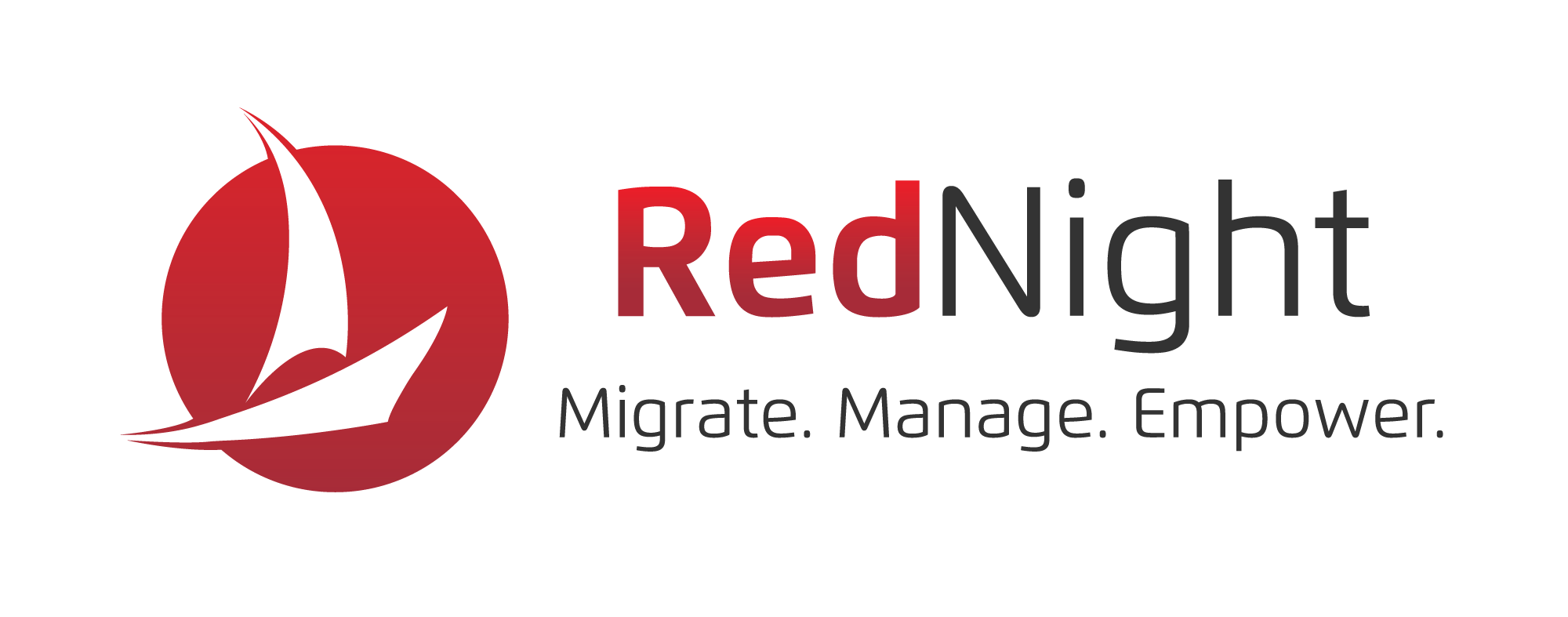Whether you’re a seasoned IT professional or a digital security newcomer, optimizing user access promotes security and productivity. However, understanding the ins and outs can be daunting. That’s why we’ve put together this guide to help you navigate the world of user permissions and access controls.
What Are User Permissions?
User permissions refer to the level of access and control an individual user has within a specific system or application. This includes what actions a user can perform, what files they can access, and what changes they can make.
These permissions are critical in ensuring the security and integrity of sensitive information. Assigning specific permissions to users ensures that each individual only accesses what’s necessary for their role, enhancing security and streamlining workflow efficiency.
Types of User Permissions
Several types of permissions can be assigned depending on your business needs. Some of the most common types include:
- Read: Users can view and open files, folders, or applications, but cannot make any changes or modifications.
- Write: Users can view, open, and edit files, folders, or applications. This includes creating new files or modifying existing ones.
- Execute: Users can run executable files or scripts, but cannot modify them.
- Delete: Users can remove files or folders from a system.
- Custom Permissions: Some systems or applications allow custom permissions, giving organizations more flexibility in defining user access.
Access Controls 101
Access controls are the mechanisms that control and limit user access to specific areas and functions within a system, including login credentials, firewalls, and encryption methods. There are four main types:
1. Role-Based Access Control (RBAC)
RBAC is a popular access control method that assigns permissions and access based on the roles and responsibilities of individual users within an organization.
This allows for easy access rights management since user permissions can be grouped by role rather than individually. However, since user roles can vary greatly within an organization, RBAC may not always be the most granular option.
2. Mandatory Access Control (MAC)
MAC is a more restrictive access control method often used in high-security environments. Access to resources is determined by a set of rules defined by the system administrator, and users have no discretion over their permissions. This ensures maximum security but can limit flexibility for users with varying roles. Government and military industries often use MAC.
3. Discretionary Access Control (DAC)
DAC allows users more control over their own permissions and access rights. Typically, each user can assign permissions for individual files or folders. This gives employees flexibility but increases the potential for human error and security breaches.
4. Attribute-Based Access Control (ABAC)
ABAC is a more advanced access control method that uses dynamic attributes to determine user access. These attributes can include factors like time of day, location, or device being used. This allows for greater control over user access but is more complex to implement.
What Challenges to Expect from Access Management
Managing user access is tough, especially in larger organizations with multiple systems and applications. Be wary of granting excessive user permissions—this can often create vulnerabilities within your organization’s digital environment, leading to unintentional data leaks or deliberate information breaches
Maintain data security even further with timely provisioning and de-provisioning. Quickly granting access ensures employees can work efficiently, while prompt de-provisioning when roles change or employment ends reduces vulnerability to breaches.
Best Practices for Effective User Access Management
To ensure the security and efficiency of your organization’s digital environment, consider implementing these best practices:
- Perform regular audits and reviews
- Invest in Identity and Access Management (IAM) solutions
- Give temporary privileges when necessary
- Use MFA and strong passwords
- Educate employees on security protocols and best practices
Unlock Effective Network Security With RedNight Consulting
At RedNight Consulting, we understand the importance of user access in maintaining data security. Let us help you optimize your network security with our expert IT consulting services. Contact us today to learn more about how we can support your organization’s unique needs.


